The pharmaceutical industry is facing a pivotal moment in 2025. As digital technologies continue to evolve and patient expectations shift, more pharma companies are discovering the benefits of modernizing their marketing strategies. To remain competitive and meet the needs of today’s digital-first world, pharma marketers must adapt to emerging trends that drive both operational efficiency and meaningful customer engagement. In this article, we’ll explore 5 key pharma marketing trends and how companies can harness them to modernize their approach.
1. Digital transformation: the new era of pharma marketing
The digital transformation of the pharmaceutical industry is no longer a trend—it’s a necessity. In 2025, more pharma companies are embracing digital tools and technologies that help streamline operations, enhance customer experiences, and ultimately improve patient outcomes.
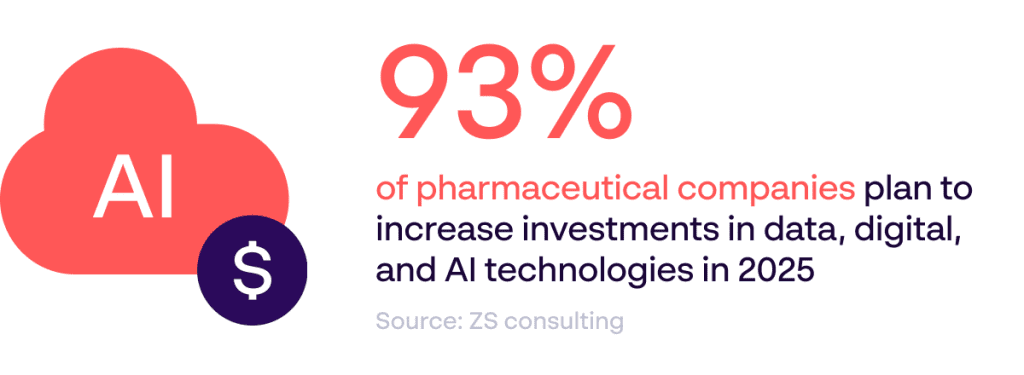

For pharma companies, digital transformation is not just about adopting new technology—it’s about rethinking their entire marketing strategy. Automation, AI-driven analytics, and cloud-based solutions are enabling marketing teams to gain deeper insights into customer behavior, personalize communications, and optimize campaigns in real-time.
By integrating advanced technologies, pharma companies are becoming not only more agile but also more efficient. From automating repetitive tasks to making data-driven decisions, digital transformation is helping pharma businesses stay competitive in a rapidly evolving market.
2. Personalization: creating tailored experiences to modernize pharma outreach
Personalization is at the heart of modern marketing, and pharma is no exception. In 2025, pharma companies are leveraging advanced data analytics and AI to create personalized marketing experiences that resonate deeply with individual healthcare professionals (HCPs), patients, and caregivers.
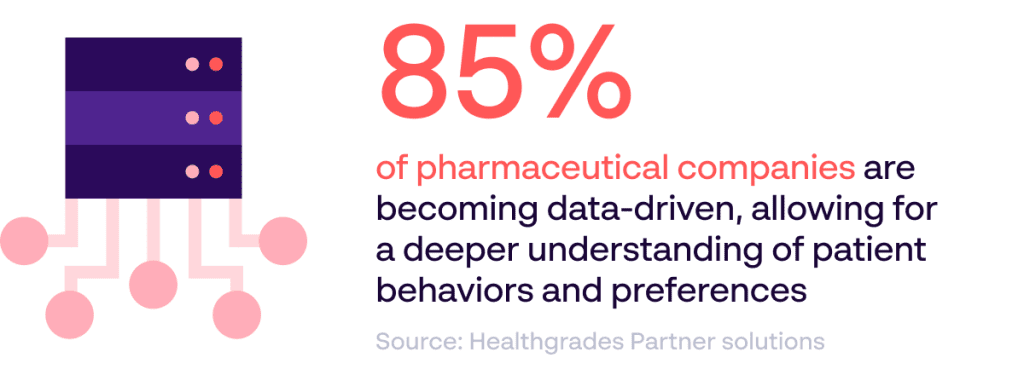

Gone are the days of generic messaging. Today, pharma companies are using vast amounts of data to deliver highly personalized content tailored to the unique needs of each audience. Whether it’s offering personalized treatment options to a patient or providing HCPs with content that speaks directly to their practice needs, personalization ensures the right message is delivered at the right time.
By incorporating real-time data into their campaigns, pharma companies are taking personalization a step further. This dynamic approach allows marketing efforts to evolve alongside the changing needs of the customer, ensuring messaging remains relevant and effective.
3. Data analytics: smarter, data-driven decisions for marketing success
Data is the foundation of modern marketing, and its role in the pharma industry is only growing. As big data and advanced analytics tools become more accessible, pharma companies are gaining deeper insights into customer behavior, market trends, and the effectiveness of their marketing campaigns.
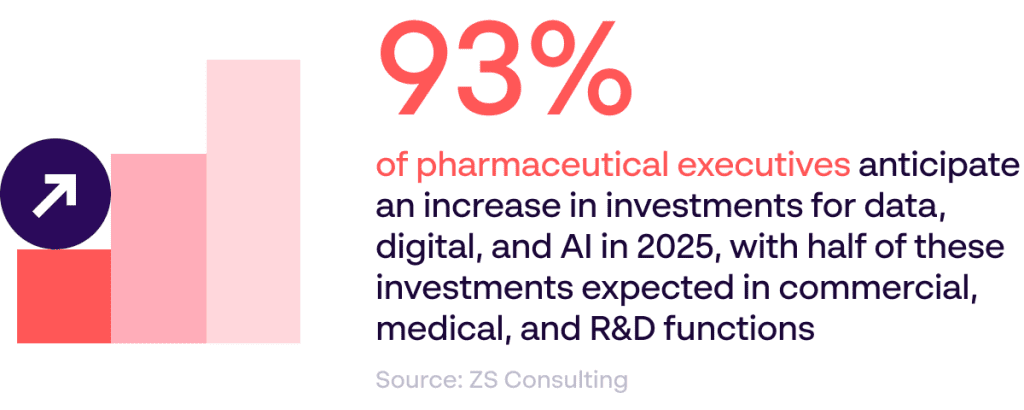

In 2025, data analytics will be even more critical for optimizing marketing strategies. By using predictive analytics, pharma companies can forecast patient outcomes, improve clinical trial designs, and develop drug portfolios tailored to evolving market demands. Additionally, real-time tracking helps marketers adjust underperforming campaigns quickly, ensuring continuous optimization and higher ROI.
Harnessing the full power of data analytics allows pharma companies to be agile, efficient, and more responsive—key ingredients for success in today’s rapidly changing market.
4. Social media: A modern channel for real-time patient engagement
Social media is fast becoming an indispensable channel for pharma companies to engage with patients and healthcare professionals alike. Platforms like Facebook, X , LinkedIn, and Instagram provide unique opportunities to connect directly with audiences, share educational content, and gather valuable feedback in real-time.
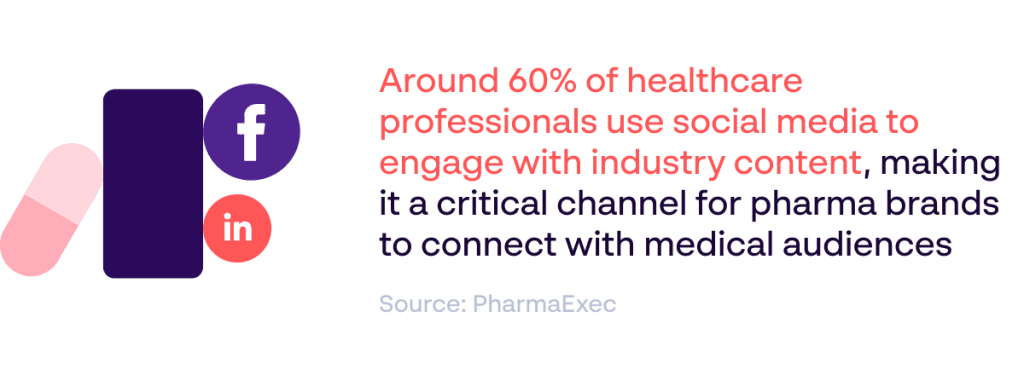

In 2025, social media will play an even greater role in educating patients about treatment options, offering real-time updates on new drugs and therapies, and creating an ongoing dialogue with both healthcare providers and patients. The power of social media lies in its ability to foster a more personal and direct connection, making it easier for pharma companies to build trust and offer tailored support. Beyond patient engagement, platforms like LinkedIn and X are becoming key spaces for thought leadership and B2B interactions, allowing pharma companies to build credibility and authority within the medical community.
By embracing social media platforms, pharma companies can reach a wider audience, engage more effectively with patients, and gather valuable insights that can guide future marketing strategies.
5. The role of on-brand content in pharma’s modern marketing landscape
As the pharma industry modernizes, one of the most critical areas for focus is on-brand content creation. With an increasing amount of digital content being produced across various channels, maintaining brand consistency is more important than ever. Companies that deliver consistent, high-quality content that aligns with their brand values will build trust and recognition with their target audiences.
In 2025, the need for on-brand content will be more essential as pharma companies scale their digital marketing efforts. Whether it’s marketing materials for healthcare professionals or patient-facing educational resources, maintaining brand consistency across all touchpoints is critical for ensuring that messaging is clear and trustworthy.
How Papirfly helps pharma modernize marketing and content creation
Papirfly goes beyond what a content management platform provides—it’s a solution designed to help pharma companies transform their marketing operations. By simplifying the content creation process, Papirfly ensures brands can maintain on-brand consistency while increasing efficiency across teams.
With Papirfly, pharma companies can scale content production without sacrificing quality or brand integrity. Whether creating targeted materials for healthcare professionals or developing patient-facing resources, the solutions guarantee that all content aligns with the company’s broader marketing strategy.
Papirfly’s intuitive interface and robust features make it an essential tool for any pharma company aiming to embrace digital transformation. In an industry where speed, consistency, and compliance are critical, Papirfly enables marketing teams to deliver impactful campaigns that drive results and stay ahead of the competition.
By offering customizable templates and collaborative workflows, Papirfly ensures all content produced is consistent, engages the target audience, and upholds brand standards. This streamlined approach allows teams to focus on crafting high-impact campaigns that meet their business objectives.
Embracing the future of pharma marketing
The pharmaceutical industry is at a crossroads. To remain competitive and relevant in 2025 and beyond, pharma companies must modernize their marketing strategies by embracing digital transformation, personalization, data analytics, and on-brand content creation. The trends outlined in this article represent the future of pharma marketing, and those who adapt will thrive.
At Papirfly, we understand the challenges of modernizing pharma marketing and content creation. By offering a solution that enables seamless on-brand content development, we empower pharma companies to stay agile, efficient, and impactful in an increasingly digital world. It’s time for the pharmaceutical industry to embrace the future—are you ready?
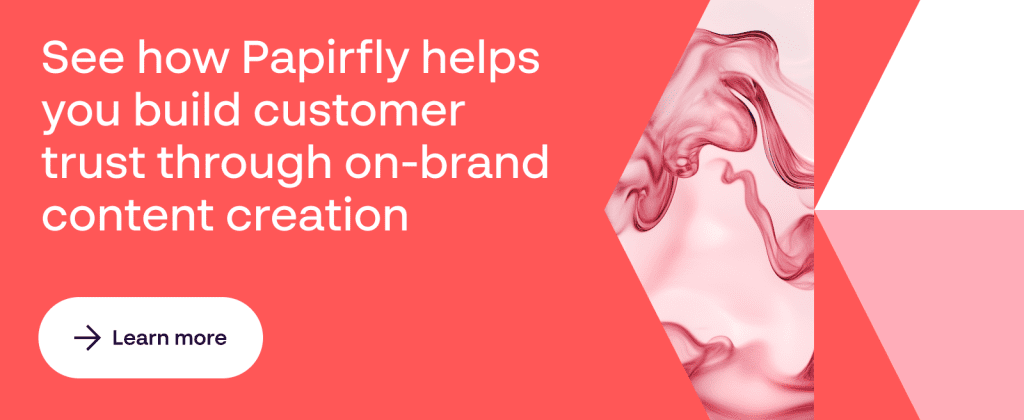

Table of contents:
- 1. Digital transformation: the new era of pharma marketing
- 2. Personalization: creating tailored experiences to modernize pharma outreach
- 3. Data analytics: smarter, data-driven decisions for marketing success
- 4. Social media: A modern channel for real-time patient engagement
- 5. The role of on-brand content in pharma’s modern marketing landscape
- How Papirfly helps pharma modernize marketing and content creation
- Embracing the future of pharma marketing


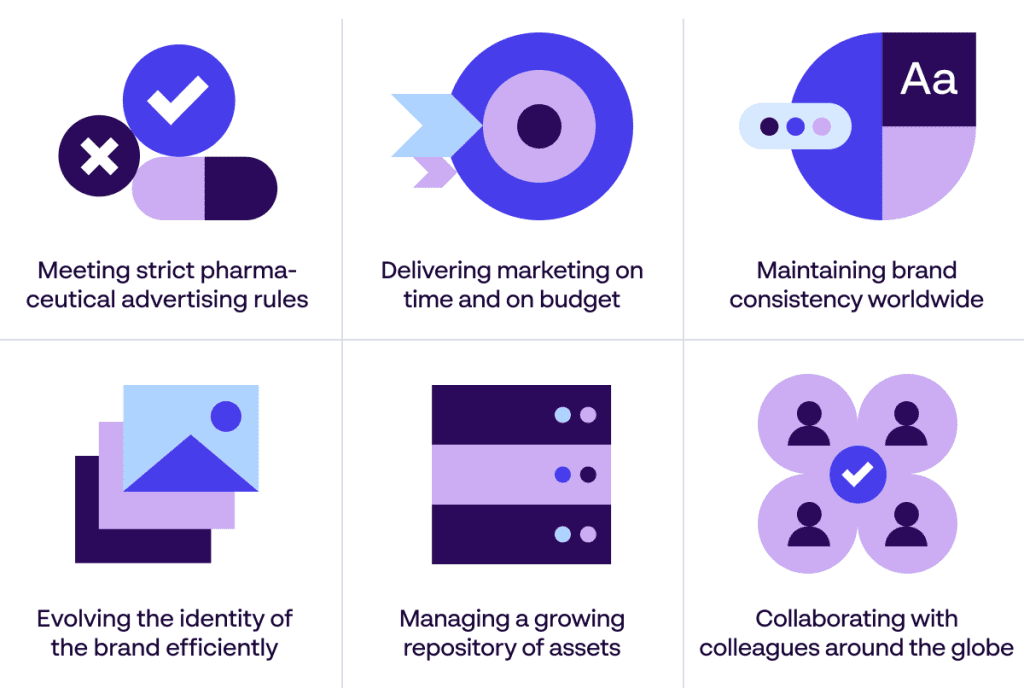
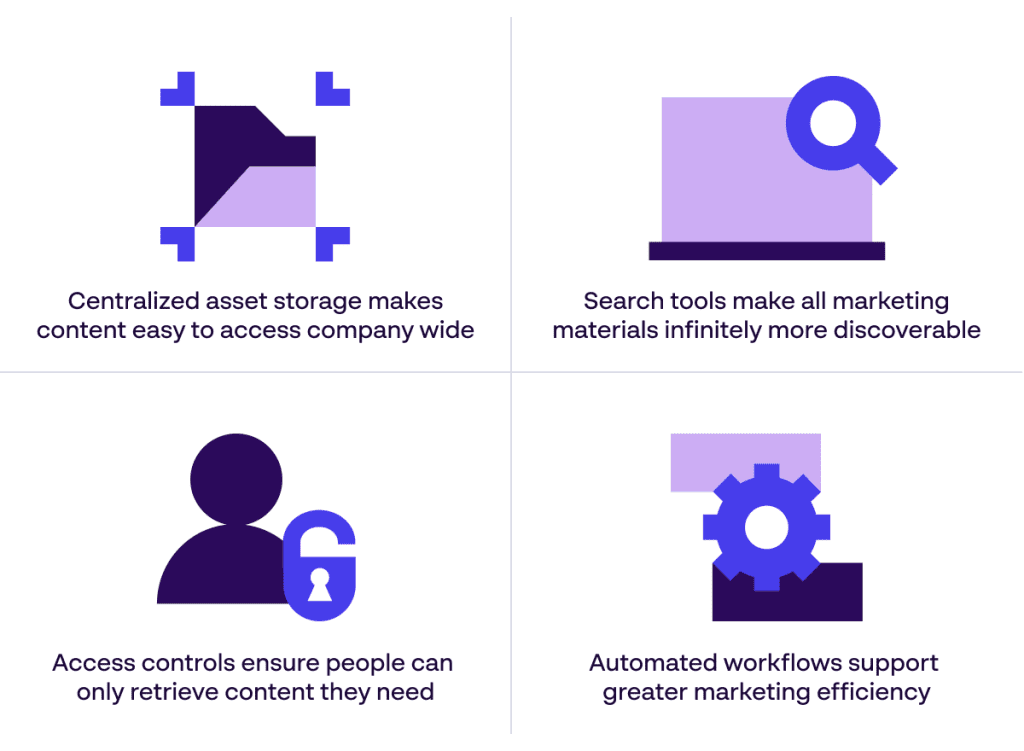
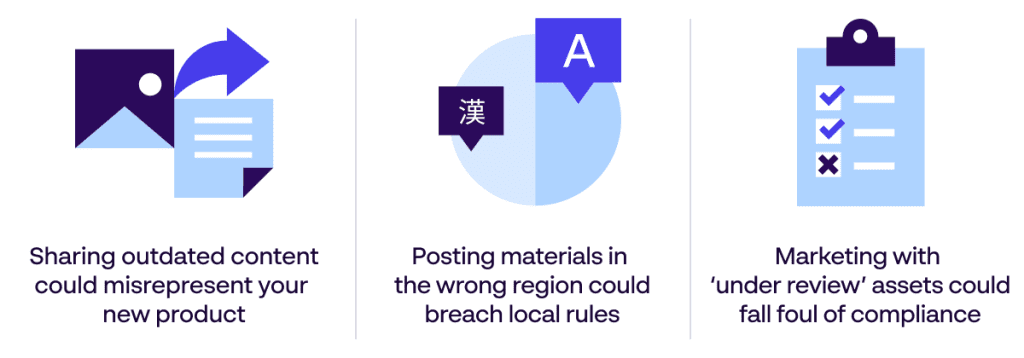
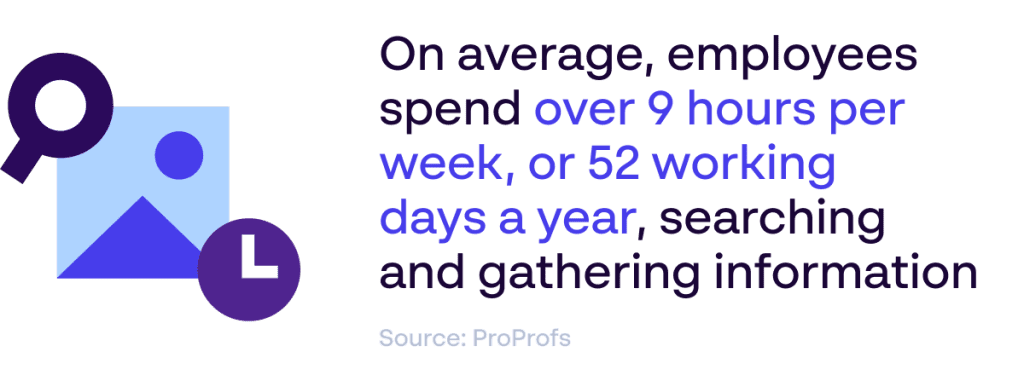
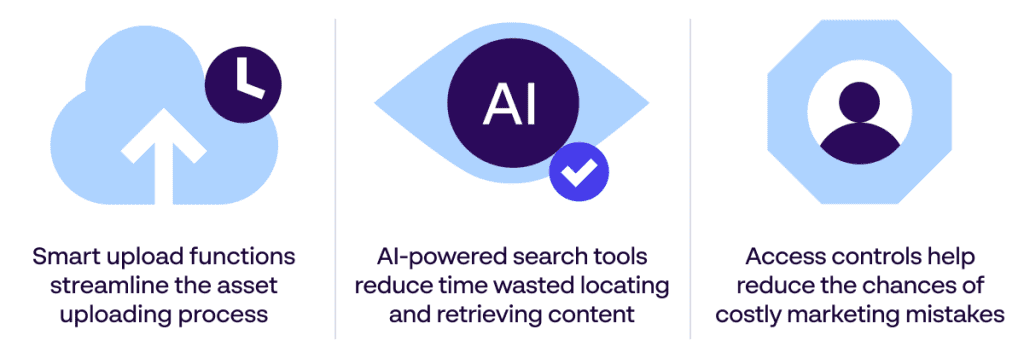
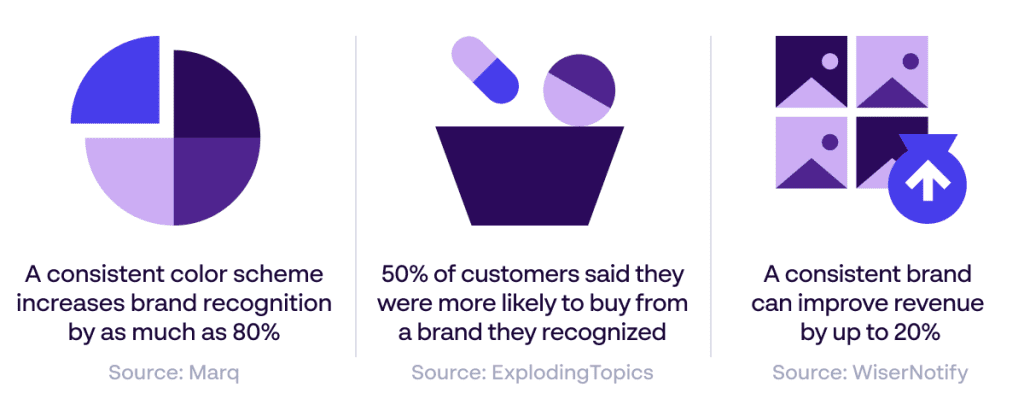
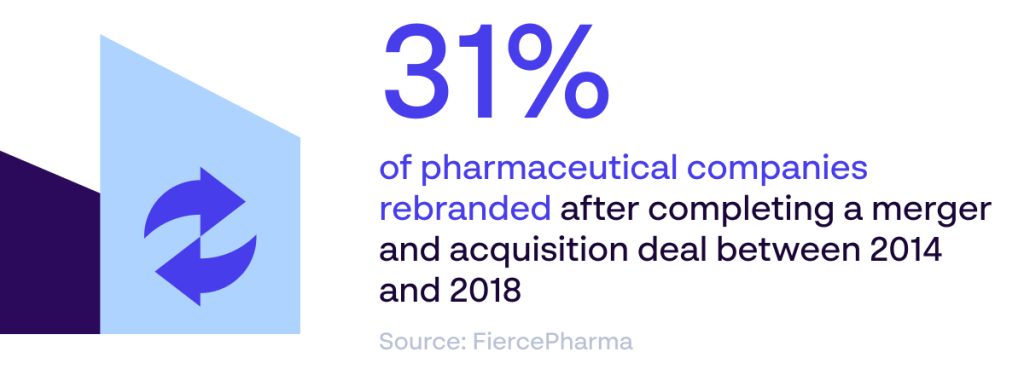
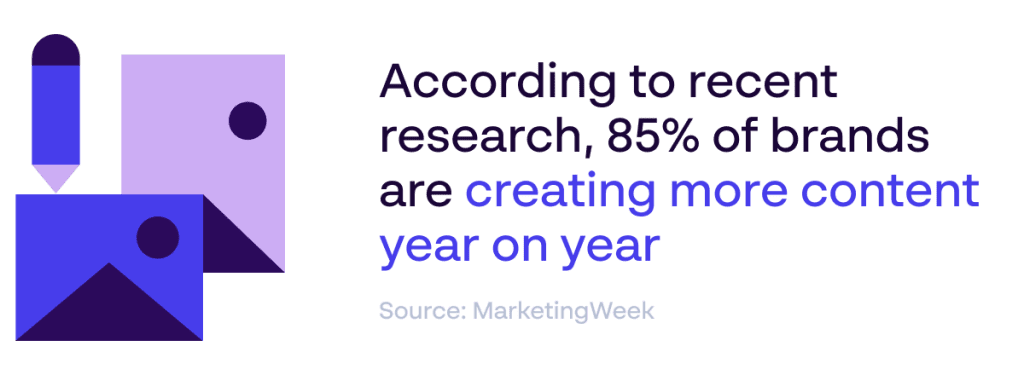
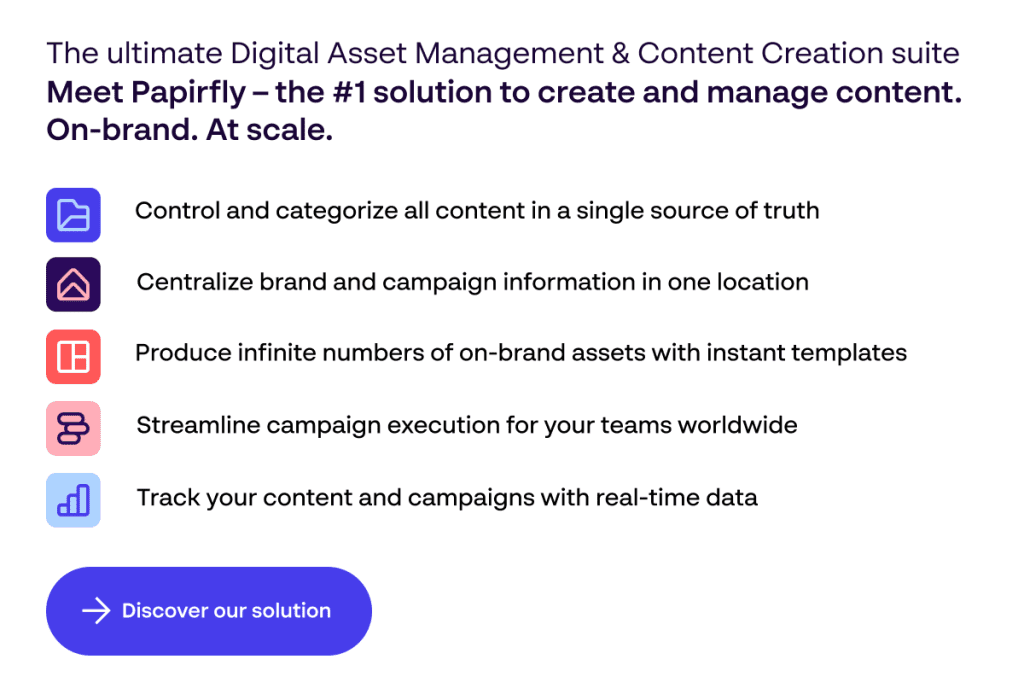
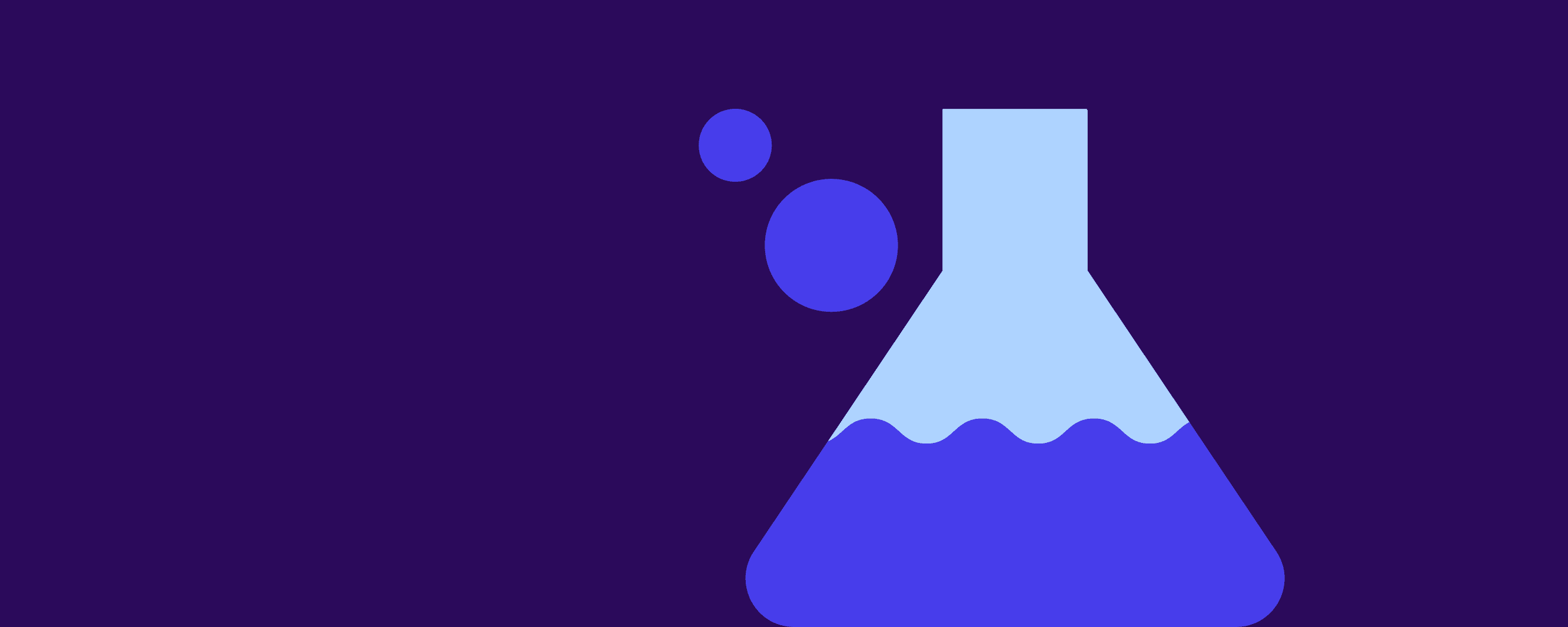
![[Papirfly blog] Regulations of UK pharmaceutical marketing and promoting medicines - Infographic - Source: Gov.uk](https://www.papirfly.com/wp-content/uploads/2025/01/D-1-1-1024x768.png)
![[Papirfly blog] Examples of non-compliant pharma marketing - Papirfly infographic](https://www.papirfly.com/wp-content/uploads/2025/01/D-1-2-1024x751.png)
![[Papirfly blog] Importance of brand trust - 71% of customers stop buying from brands that break trust - Source: MarketingWeek](https://www.papirfly.com/wp-content/uploads/2025/01/D-1-3-1024x375.png)
![[Papirfly blog] Financial impact of UK pharmaceutical marketing non-compliance averages a £630,000 penalty cost - Source: The Pharmaceutical Journal](https://www.papirfly.com/wp-content/uploads/2025/01/D-1-4-1024x375.png)
![[Papirfly blog] Pharma industry advertising marketing spend was £54 billion in 2022 - Source: Kantar](https://www.papirfly.com/wp-content/uploads/2025/01/D-1-5-1024x375.png)
![[Papirfly blog] The 6 steps of an internal skills audit for pharmaceutical company marketing teams](https://www.papirfly.com/wp-content/uploads/2025/01/D-1-6-A-1024x495.png)
![[Papirfly blog] Best practice tips for consulting third-party pharma compliance auditors - Papirfly infographic](https://www.papirfly.com/wp-content/uploads/2025/01/D-1-7-1024x683.png)
![[Papirfly blog] Compliant pharmaceutical marketing assets – easy task with Papirfly!](https://www.papirfly.com/wp-content/uploads/2025/01/D-1-8-1024x358.png)
![[Papirfly blog] Find your marketing assets easily with a DAM solution from Papirfly.](https://www.papirfly.com/wp-content/uploads/2025/01/D-1-9-1024x444.png)
![[Papirfly blog] Meet Papirfly – the #1 solution to create and manage content. On-brand. At scale.](https://www.papirfly.com/wp-content/uploads/2025/01/D-1-10-1024x700.png)